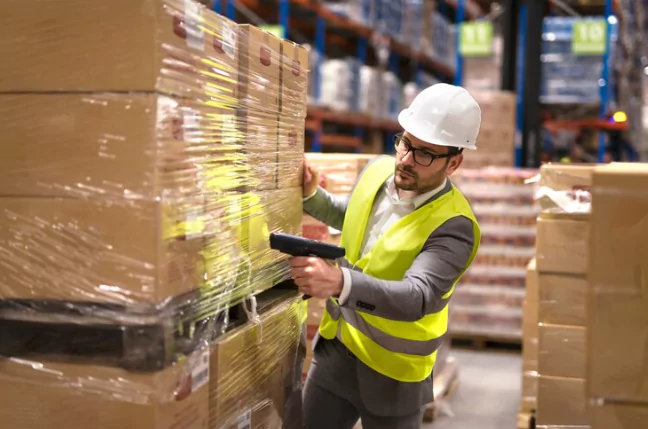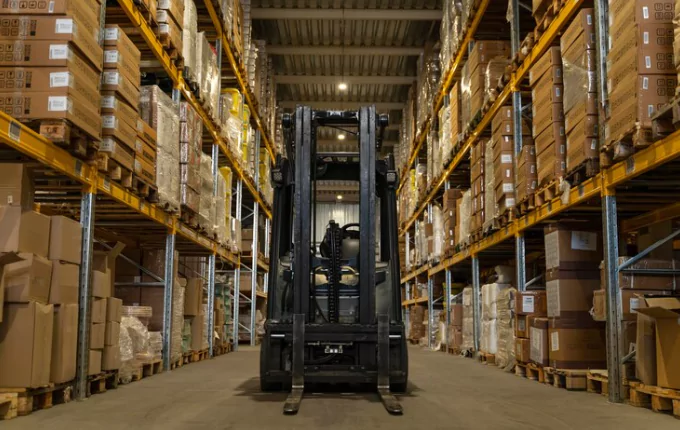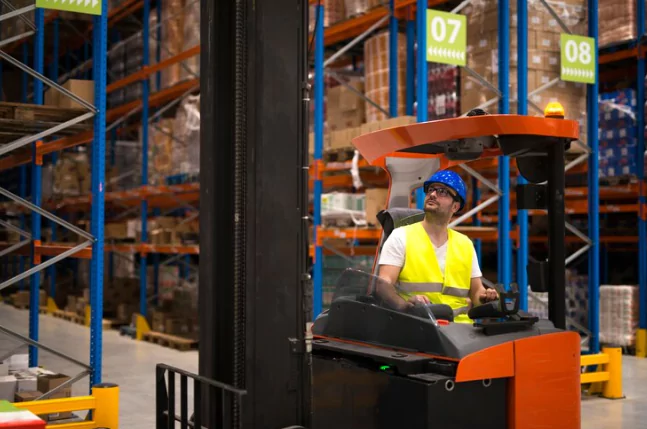20 May

What Role Does Warehouse Automation Play in Modern Supply Chains?
The rise of warehouse automation has fundamentally changed how companies handle logistics and fulfillment. As supply chains grow more complex, businesses must find faster, more efficient methods to manage inventory and shipments. Warehouse automation leverages robotics, AI, and smart systems to eliminate manual errors, reduce labor costs, and improve accuracy across the board. Whether it’s sorting, picking, or packing, automation allows for smoother warehouse technology and operations, supporting businesses of every size in staying competitive in today’s digital market.
- How Does Inventory Management Improve with Automation?
- Why Is Automation Key to Supply Chain Optimization?
- What Innovations in Warehouse Technology Are Driving Operational Success?
- How Does Warehouse Automation Enhance E-commerce Fulfillment?
- Can Logistics and Distribution Be Streamlined with Automation?
- What Are the Cost Benefits of Automated Packaging and Delivery Services?
- How Does Automation Support Warehouse Management Systems?
- Why Is Warehouse Automation Considered a Strategic Investment?
- How Can Companies Start Implementing Automation in Their Warehouses?
How Does Inventory Management Improve with Automation?
Incorporating warehouse automation into inventory management has proven transformative. Traditional manual inventory checks are time-consuming and prone to human error. Automation introduces real-time tracking systems, sensors, and smart shelves that provide precise updates on stock levels. This level of accuracy ensures that inventory and supply chain management stays optimized. It also reduces overstocking or stockouts, helping businesses align their procurement strategies and ensure on-time order fulfillment.
Why Is Automation Key to Supply Chain Optimization?
Efficiency is at the heart of supply chain optimization, and warehouse automation plays a central role. When integrated into a broader warehouse management system, automation speeds up processes such as receiving, storing, and dispatching goods. This enhances the flow of products through distribution channels. Advanced 3PL and 4PL solutions benefit significantly from automation because they handle high volumes for multiple clients and require the agility and speed automation offers.

What Innovations in Warehouse Technology Are Driving Operational Success?
The evolution of warehouse technology and operations is tightly linked to automation innovations. From automated guided vehicles (AGVs) to robotic arms, and AI-powered forecasting tools, every upgrade enhances operational efficiency. These technologies are especially crucial in e-commerce and order fulfillment, where speed and precision determine customer satisfaction. Automation tools also enable predictive analytics, allowing companies to anticipate demand and better manage supply fluctuations.
How Does Warehouse Automation Enhance E-commerce Fulfillment?
The explosive growth of e-commerce has brought new demands to warehouses. Warehouse automation meets these demands by accelerating fulfillment processes. Automated picking systems, conveyor belts, and smart sorting lines can process thousands of orders per hour, dramatically reducing lead times. For businesses working with 3PL and 4PL solutions, automation ensures consistency and accuracy, which are critical to maintaining trust with e-commerce clients and platforms.
Can Logistics and Distribution Be Streamlined with Automation?
Yes, automation is reshaping logistics and distribution from the ground up. Real-time tracking systems, automated routing software, and drone technology are revolutionizing how goods move through the supply chain. These tools minimize delays, optimize delivery routes, and enable proactive problem-solving. Integrating warehouse automation into distribution processes results in faster and more reliable deliveries—a necessity for industries where timing impacts profitability.
What Are the Cost Benefits of Automated Packaging and Delivery Services?
Efficiency doesn’t stop at the warehouse floor. Packaging and delivery services also benefit from automation. Automated packaging machines ensure consistent quality and reduce material waste. Automated labeling systems eliminate human error, speeding up outbound shipping. These upgrades significantly reduce operational costs while ensuring scalability for growing businesses. For companies using 3PL and 4PL solutions, the value of automation is amplified across every stage of fulfillment.
How Does Automation Support Warehouse Management Systems?
A modern warehouse management system (WMS) thrives when paired with warehouse automation. From barcoding systems to robotics integrated into WMS dashboards, every automated element contributes to a synchronized and responsive operation. This integration enables better data collection, more informed decisions, and smoother coordination between departments. It also helps warehouses adapt quickly to seasonal demand or unexpected supply chain disruptions.
Why Is Warehouse Automation Considered a Strategic Investment?
Unlike traditional equipment purchases, investing in warehouse automation is a long-term strategy. Businesses gain enhanced flexibility, better scalability, and improved customer satisfaction. Automation empowers teams to do more with fewer resources, giving businesses the freedom to grow without proportionally increasing costs. As global markets continue to evolve, automation stands out as a game-changing asset for achieving excellence in warehouse performance.

How Can Companies Start Implementing Automation in Their Warehouses?
Adopting warehouse automation doesn’t require an all-or-nothing approach. Many companies begin by automating specific pain points—such as picking, labeling, or data entry—before scaling to a full system upgrade. It’s essential to assess current workflows, identify bottlenecks, and collaborate with experienced technology providers. With the right guidance and tools, even small steps in automation can lead to massive gains in inventory management, logistics and distribution, and supply chain optimization.
At stacketlens, we specialize in helping businesses embrace automation and optimize operations for the modern market. With our deep knowledge of 3PL and 4PL solutions, cutting-edge warehouse technology and operations, and commitment to innovation, we equip our clients for long-term success.

